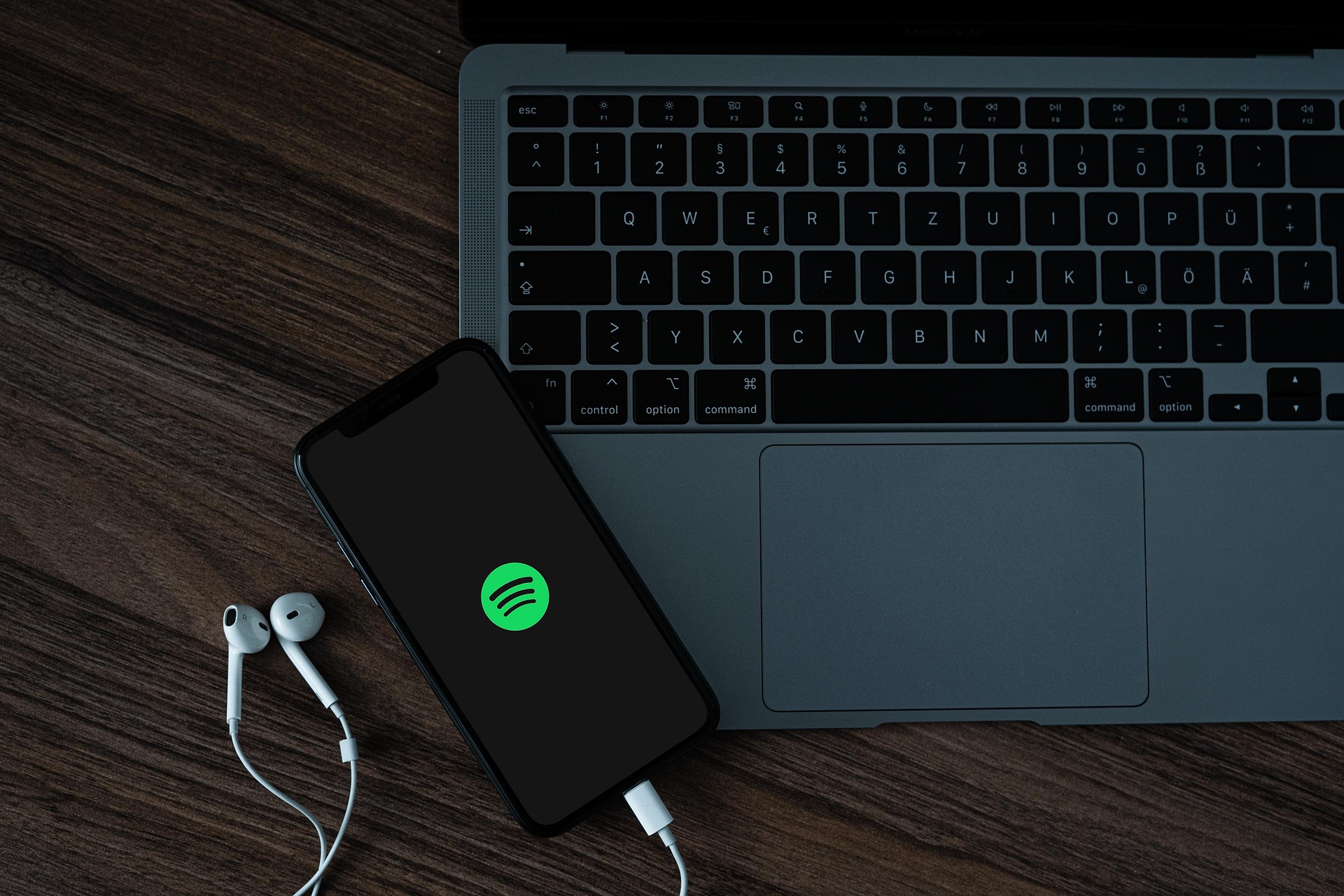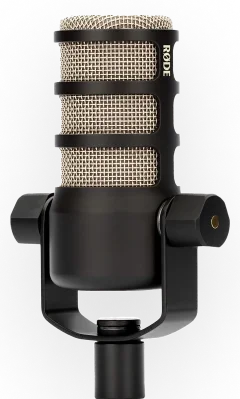Sounds Profitable heads to SXSW! Our quarterly Podcast Business Leaders Summit takes place on March 11th in Austin, TX. Join over 100 partners of Sounds Profitable and many new brands, agencies, and holding companies, as we share our latest research and answer tough questions in a private setting. We'd love to have you there. Email us to learn more!
Spotify’s Adtech Play
Nearly all the coverage of Spotify’s recent layoffs and Q4 earnings call has been overly focused on the content side of podcasting. These stories highlight Spotify CEO Daniel Ek’s admission that he got “carried away” with spending, often accompanied by the estimated cost for licensing Joe Rogan, because that’s a story even my mom can understand (hi mom).
There was little coverage of Ek’s emphasis on driving efficiency and what that could mean to the podcasting space. But when I look at the last two years of Spotify’s activity in podcasting, particularly their investments in ad tech, I see an opportunity not only to grow Spotify’s revenue in podcasting, but also to grow the entire podcast industry.
In the past, I’ve found issue with Spotify’s adtech play, mostly because of how they focused it in direct competition with the core of podcasting. Today, in light of all their changes, what I see is an opportunity for Spotify to truly show the major companies in podcasting the advantages of not trying to choke out the RSS feed, but rather to innovate on top of it in a way so compelling that the industry can’t help but to adopt it.
Let’s explore how we get there.
Digital Adserving
In January, 2020, Spotify announced their Streaming Ad Insertion (SAI) product for podcasting in partnership with Megaphone (which they later acquired, 11 months later). Spotify’s owned-and-operated content hosted on Megaphone would primarily use Dynamic Ad Insertion (DAI), but if the request came from the Spotify app, Megaphone would skip the dynamic insertion of ads into the episode. Instead, it would send additional information to the app, identifying the location of the ad markers, allowing the app to call for an ad directly from the listener’s device when they hit that exact moment in the episode.
SAI is in-app audio advertising. While the podcast itself was still progressively downloaded, and the hosting platform received no additional information, the ad was streamed to a confirmed listener in real time. This practice meets the specifications and expectations most digital ad buyers are looking for, reducing friction of selling podcast advertising to a global advertising audience. The limited reach of the SAI product (applied only to Spotify-owned content, played on the Spotify app) ultimately limited the product’s success compared to the wider opportunity that Spotify could offer through the Spotify Ad Network, their DAI marketplace built with Megaphone for any publishers on their platform who opted into representation.
Spotify’s marketing around SAI touted it as the evolution of podcast advertising, and I don’t think they were wrong from a technology perspective, but they sure were from an adoption perspective. Separating out the on-demand nature of the podcast with the streaming nature of the advertisements solves much of the pushback we hear from the general ad buying community when we pitch them podcast advertising as an alternative to their digital display and video campaigns. Now, with Spotify shifting focus away from creating or licensing content to make exclusive on their platform, they have the opportunity to build SAI out into a framework that not only immediately benefits them, but the entire podcast industry.
Podcast Advertising+
Ease of distribution is a major part of podcasting’s success. Upload an episode to your hosting platform, and the episode, along with any advertisements you’ve selected, are sent everywhere. Enhancements to the podcast ecosystem need to be additive to succeed, without detracting from podcasting’s core benefits, and very few companies seem to get that.
Apple’s Delegated Delivery solution is a great example, enabling publishers on integrated hosting platforms to seamlessly take advantage of subscription opportunities. YouTube’s “siloed” approach, on the other hand, ignores the RSS feed and doubles the requirement for publishers to distribute their content to that channel. While Delegated Delivery is additive to the ecosystem, YouTube’s approach actually removes some of the core benefits of the medium.
Spotify is one of the three biggest podcast player apps in the industry, and has an opportunity to provide a truly additive advertising solution that could turn nearly every publisher into an evangelist not only of SAI but of the Spotify platform, if they get it right.
Starting with the lowest hanging fruit: zero-effort monetization. The predominant reason for publishers to host on Megaphone is the ability to opt into Megaphone selling your DAI inventory through the Spotify Advertising Network (SPAN), which provides consistent fill rates and strong CPMs. By enabling all that inventory to be served as SAI, they create enough inventory in that format to fulfill advertisers needs. It also doesn’t have to stop with Megaphone, or even Spotify-owned Anchor. Several hosting platforms are already directly connected to SPAN through a VAST integration, allowing Megaphone to sell their DAI inventory. Spotify could just as easily offer a framework for those platforms to follow for them to enable SAI for that inventory as well.
Not all publishers are interested in Spotify selling their inventory, and especially not when Spotify can sell it in a way that they can’t compete with. One of Megaphone’s original claims to fame was the ability to sell inventory on the Megaphone Targeted Marketplace (which became SPAN) by targeting the listeners using Nielsen’s demographic and behavioral segments. Eventually, Megaphone offered that solution to their publishers at a CPM upcharge for their own direct campaigns. By following suit with SAI, Spotify might receive less access to inventory from major publishers, but they could also generate revenue from publisher use and further legitimize SAI as an option for buyers as more publishers highlight the opportunity in their sales deck.
With SAI commanding higher CPMs than DAI, it’s not a huge leap to see that publishers might prioritize driving their listeners to Spotify over any other app.
The Framework Approach
The fun thing about SAI is that it’s simple. It doesn’t change the RSS feed, which means every single podcast player could emulate it fully, moving an overwhelming majority of podcast advertising into a streaming future without disrupting its open nature. In other words, additive.
Out of all the major podcast players, it would be easiest for YouTube to adopt much of the SAI framework. They’re definitely not going to let publishers serve their own SAI ads, but if they accepted the video file through RSS and the ad marker file, they would see massive adoption of podcasts on YouTube compared to the headache of uploading content directly to their platform today.
Now, this does invite competition for Spotify with other podcast players, but compared to Apple, Amazon, and Google, Spotify has a clear lead on selling streaming audio advertisements and podcasting. Even with Amazon’s strong advertising presence and Apple re-exploring adtech, the first-mover advantage here would allow them to capture further listener market share, which drops off pretty steeply after the big three (Apple, Spotify, YouTube).
Wrapping it Up
YouTube generated $30bn in ad revenue last year, compared to podcasting’s estimated $2bn in the US. If that’s our cap as an industry, we should all go get better paying jobs elsewhere. Today, if one company managed to capture a majority of that revenue, it would squeeze out the rest of them, leading ultimately to the collapse of the podcast industry as we currently know it.
All of the pieces are in place for SAI to become the default advertising technology in podcasting. The immediate steps, as it ramps up to a framework that would likely take a year or more would directly benefit Spotify and podcast publishers through increased ad revenue and listenership in the short term. In the long term, it invites more competition and innovation into the podcast player space, empowers every publisher to sell their ad inventory digitally by prioritizing the podcast players they focus on, and radically changes the divide between podcast player and publisher that has existed for nearly 20 years.
Podcasting will continue to grow, with or without SAI. We’ve done the hard work and have proven the value of this space over and over. Today, what we’re seeing is the attempts to silo podcasting and capture listener attention through hits not work out like companies expected. What excites me about this whole thing is that I truly believe Spotify acknowledges that SAI, in its current form, is a miss. But I know it to be true, that adopting SAI as a framework that the industry can fully buy into will accelerate the revenue potential for podcasting at a rate we have never seen before. And I’m hoping they see it too.
New Partners
Sounds Profitable exists thanks to the continued support of our amazing partners. Monthly consulting, free tickets to our quarterly events, partner-only webinars, and access to our 500+ person slack channel are all benefits of partnering Sounds Profitable.
- Capsho is the fastest way to market and grow your podcast! An AI-Powered Podcast Copywriter, Capsho creates episode title, description, show notes, social media captions, emails, blog post, LinkedIn Article, YouTube description and quotes in under 10 mins - from just an upload of an audio file!
- Backyard Ventures Backyard Ventures is a partnership company that aligns our 100+ Podcasts, Newsletter, and Youtube clients to like minded brands.
Want to learn more about partnership? Hit reply or send us an email!















































































































































































































